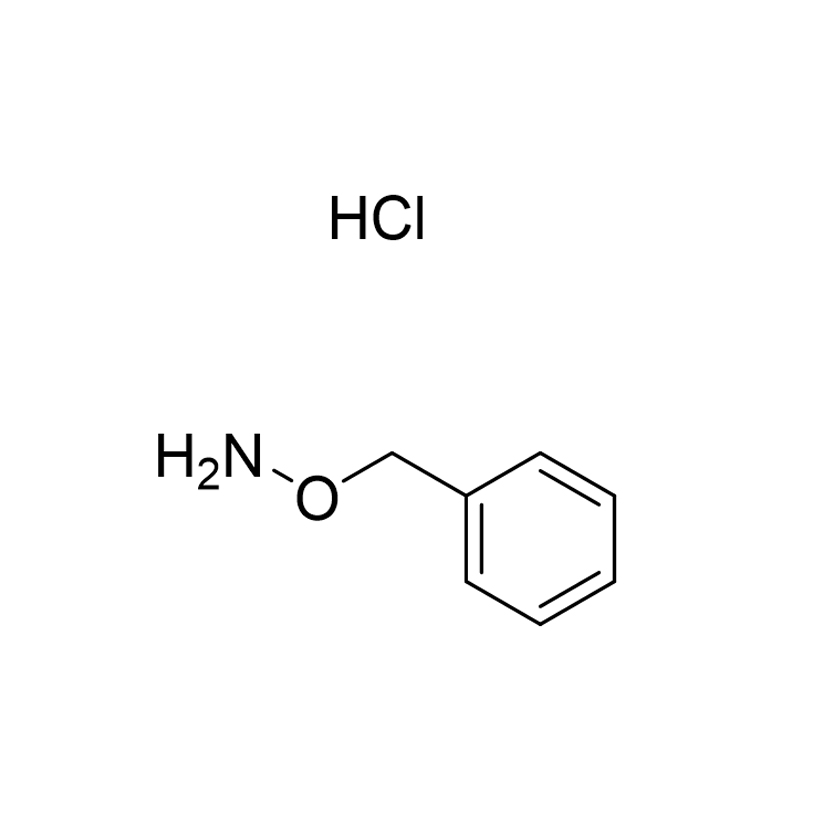- Abemaciclib Intermediates
- Larotrectinib Intermediate
- Ivacaftor Intermediates
- AZD-9574 Intermediate
- AZD-5305 Intermediate
- Delafloxacin Intermediates
- Ponatinib Intermediates
- Baloxavir Intermediates
- Lisapram Intermediates
- Suzetrigine(VX548) Intermediate
- Resmetirol GL3196 Intermediate
- Dotinod Intermediates
- Other Intermediates
1-(TERT-BUTOXYCARBONYL)-2-PYRROLIDINONE CAS:2687-43-6
ZhonghanProduct Overview
Benzyloxyamine hydrochloride, also known as benzyloxyamine hydrochloride, is an important organic compound with a CAS number of [specific CAS number], a molecular formula of C₇H₁₀ClNO, and a molecular weight of about 161.61. In appearance, it appears as a white to off-white crystalline powder.
In terms of physical and chemical properties, it has good solubility and is soluble in common solvents such as water and methanol. It has good stability under normal storage and use conditions.
In terms of usage, benzyloxyamine hydrochloride plays an indispensable role as a key intermediate in organic synthesis. In the pharmaceutical field, it is an important raw material for the synthesis of a variety of drugs, which helps promote the development and production of new drugs; in pesticide manufacturing, it participates in the synthesis of pesticide ingredients with specific effects, which helps agricultural production. At the same time, it can often be seen in the synthesis process of fine chemical products, providing strong support for the innovation and development of related fields.
ZhonghanStructural formula
Molecular formula |
C7H10ClNO |
Molecular weight |
159.61 |
Melting point |
238 °C (subl.)(lit.) |
Density |
1.086 g/mL at 25 °C (lit.) |
Form |
Crystalline powder or flakes |
Color |
White to almost white |
Refractive index |
n20/D 1.466 (lit.) |
Storage conditions |
Inert atmosphere, 2-8°C |
Solubility |
Soluble in dimethyl sulfoxide and methanol. |
Acidity coefficient |
-2.21±0.20 (Predicted) |
ZhonghanPhysical properties
1. Appearance: White to off-white crystalline powder with uniform and fine texture.
2. Melting point: usually between 153-156°C. This melting point characteristic has important reference value in the control of organic synthesis reaction conditions and product purity identification.
3. Solubility: Soluble in common polar solvents such as water, methanol, and ethanol. In water, it can dissolve quickly and form a clear and transparent solution; it also has good solubility in methanol and ethanol, which allows it to be fully dispersed and participate in the chemical reactions using these solvents as reaction media.
4. Density: approximately [X] g/m³. Density data helps calculate material dosage and volume in product storage, transportation, and in some practical application scenarios involving solution preparation and material metering.
ZhonghanApplication Areas
1. Pharmaceutical field: As a key intermediate used in the synthesis of a variety of drugs, such as certain antibiotics, cardiovascular drugs, etc., it can construct a molecular structure with specific pharmacological activity through specific chemical reactions with other compounds, which helps new drug research and development and drug production, and provides better possibilities for disease treatment;
2. Pesticide manufacturing: participate in the synthesis of pesticide ingredients with high insecticidal, bactericidal, or weed-killing effects. Utilize its unique chemical structure and reactivity, combine with other raw materials, and form effective ingredients for the prevention and control of crop diseases and pests, ensure the smooth progress of agricultural production, and improve crop yield and quality;
3. Fine chemicals: It plays an important role in the synthesis of some high-performance coatings, plastic additives and special chemicals. By adding compounds containing the structure of benzyloxyamine hydrochloride, the performance of materials can be improved, such as enhancing the adhesion of coatings and improving the stability of plastics, etc., to meet the special requirements of different industrial fields for material performance;
4. Scientific research: It is often used as a research reagent for organic synthesis reactions, helping researchers explore new chemical reaction pathways and synthesis methods. Its activity and selectivity in the reaction provide researchers with a variety of experimental conditions, promoting the continuous development of basic research and applied research in the field of organic chemistry.

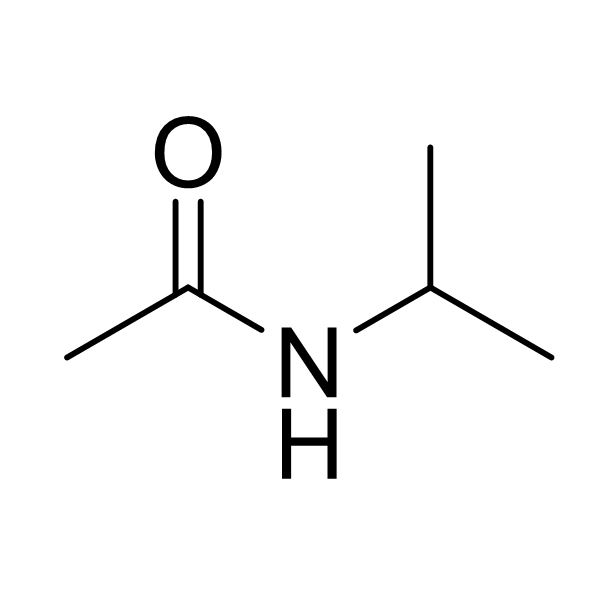
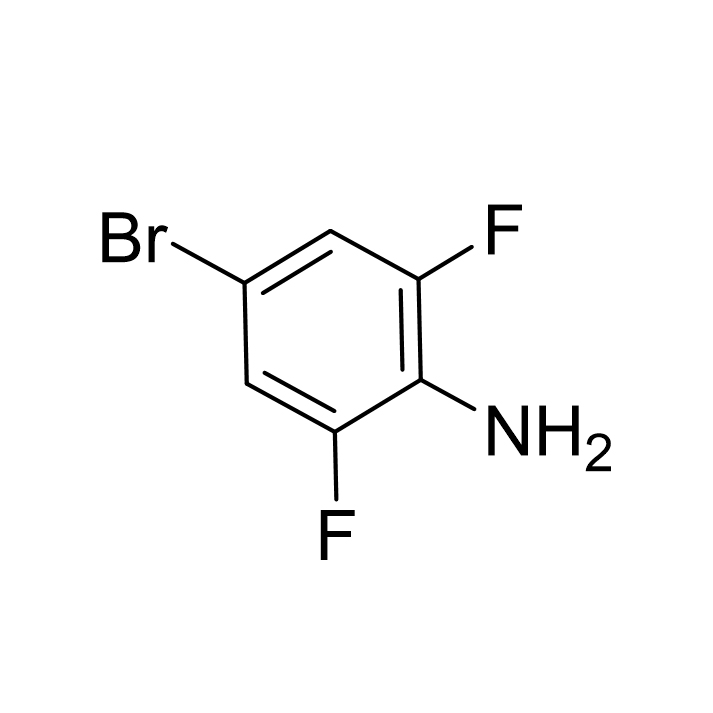
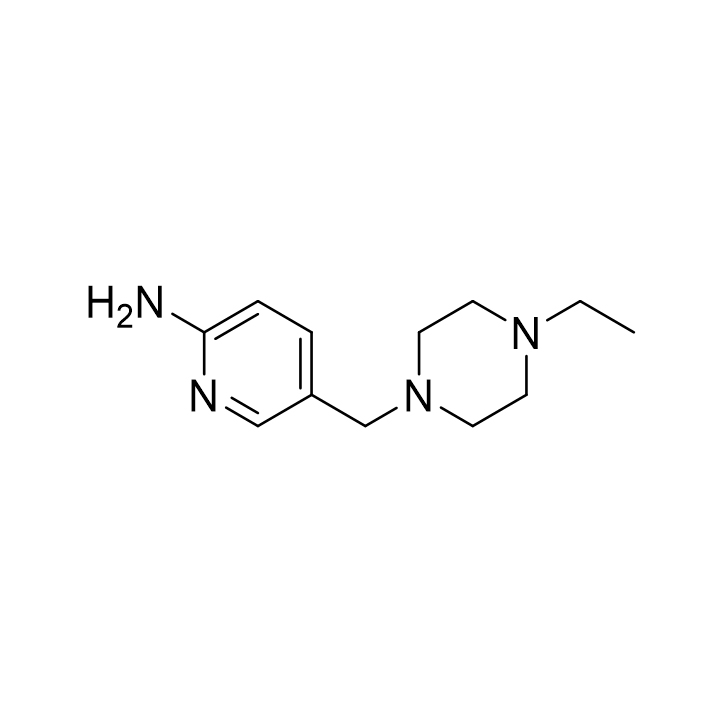
![6-Bromo-4-fluoro-1-isopropyl-2-methyl-1H-benzo[d]imidazole CAS:1231930-33-8](/source/9e9faa51f944bc7ac934c145f661fec3/cas1231930-33-8.jpg)
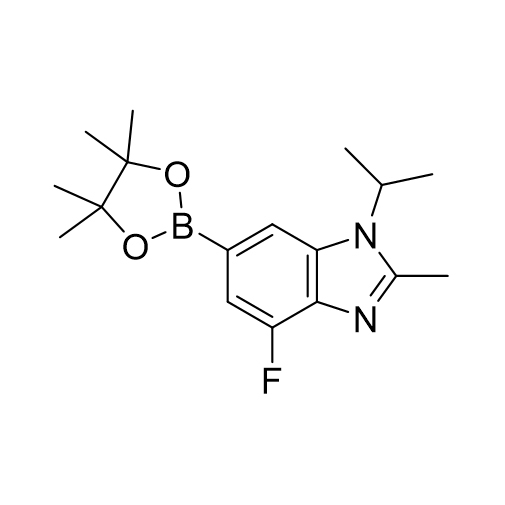
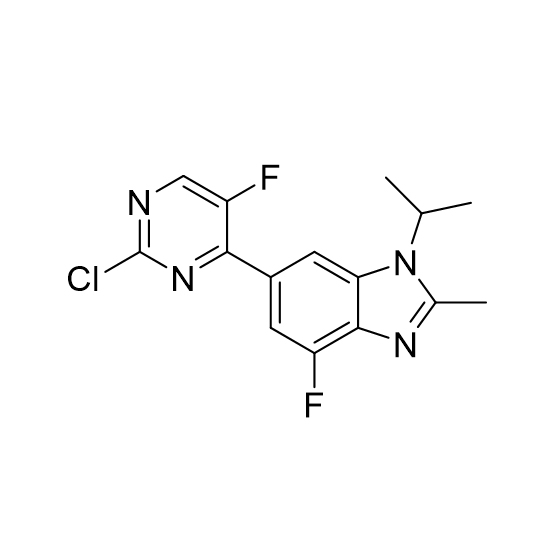
![5-Hydroxypyrazolo[1,5-a]pyrimidine CAS:29274-22-4](https://ecdn6.globalso.com/upload/p/3069/image_product/2025-02/cas29274-22-4.jpg)
![5-Chloropyrazolo[1,5-a]pyrimidine CAS:29274-24-6](/source/2d2e4c8649a6444c8114fbceac0e361d/cas29274-24-6.jpg)
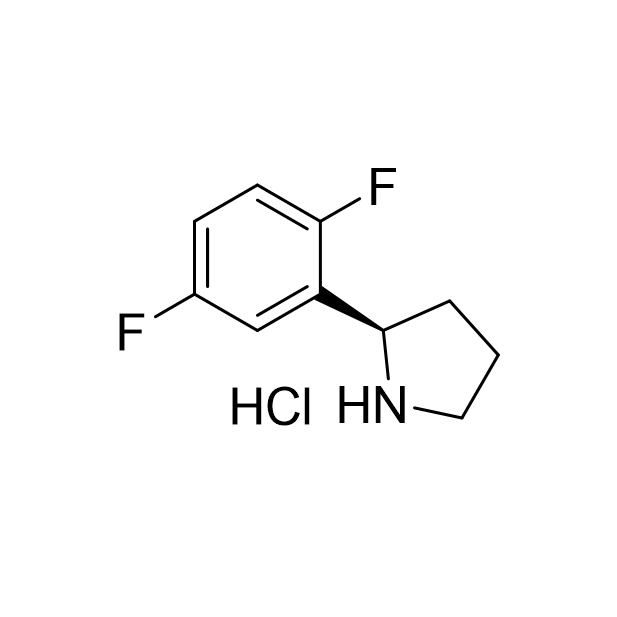
![5-Chloro-3-nitropyrazolo[1,5-a]pyriMidine CAS:1363380-51-1](/source/c735e97d9d2434baa533916048357d17/cas1363380-51-1.jpg)
